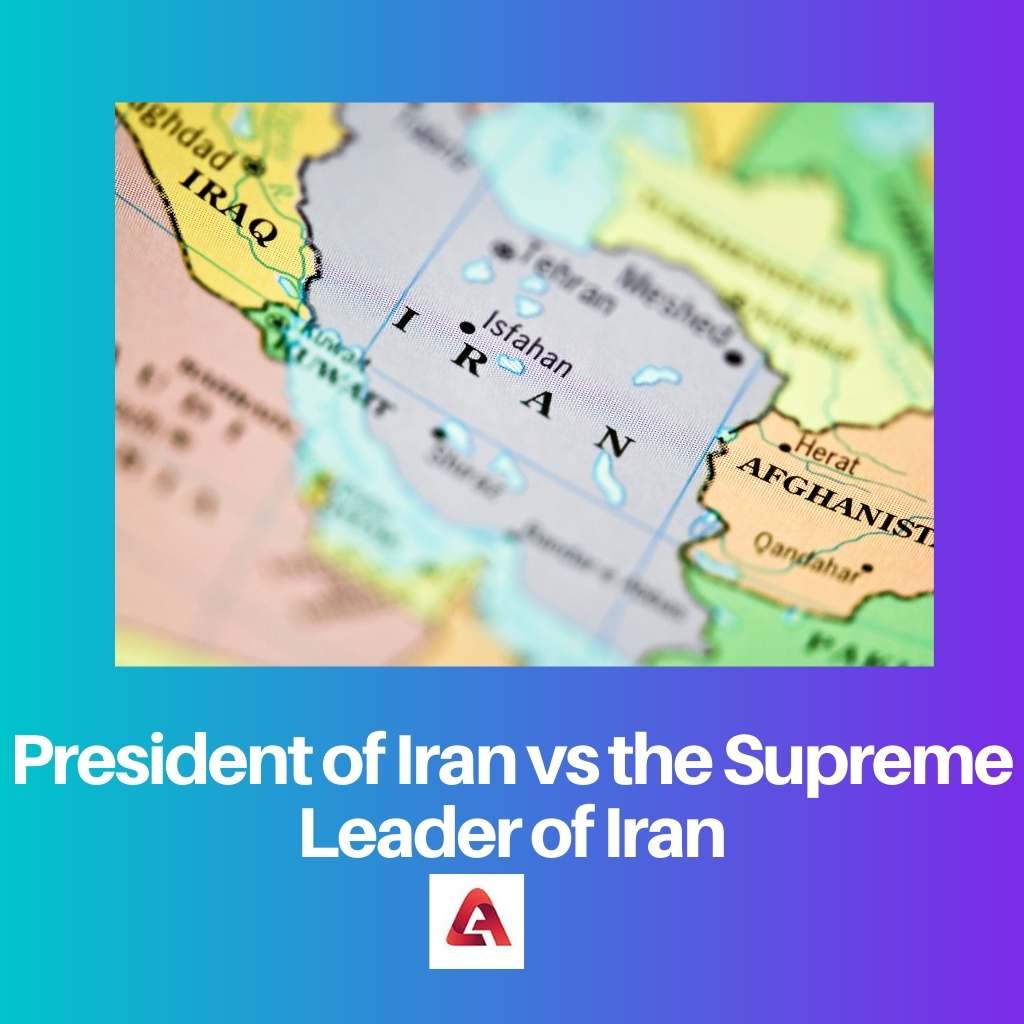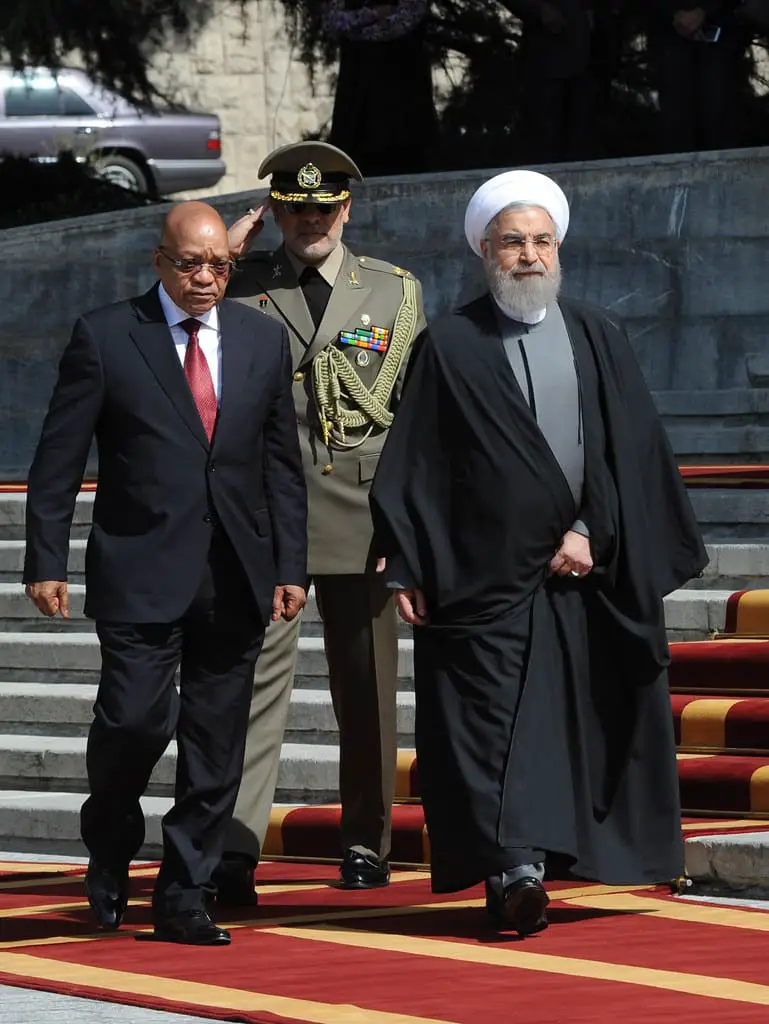The Iranian president is the head of state of the Islamic Republic of Iran.
The president is the second-highest official in Iran after the Supreme Leader. The Supreme Leader outlined the procedures for the presidential election and all other elections in Iran.
Key Takeaways
- The President of Iran oversees the executive branch and implements policy.
- Iran’s Supreme Leader holds ultimate authority in religious and political matters.
- The Supreme Leader appoints key officials, including military commanders and judiciary members.
President of Iran vs the Supreme Leader of Iran
The President of Iran is the head of the executive branch of government and is responsible for enforcing policies and managing the country’s day-to-day affairs. The Supreme Leader is appointed for life by a council of clerics known as the Assembly of Experts and has the final say in all matters.

The President is responsible for implementing all domestic and international policies set by the Supreme Leader in charge of northern policy. The president nominates members of his cabinet and other positions, but Parliament must approve them.
The president is the most popular elected official in Iran. Iran’s Supreme Leader is a title given to the country’s spiritual and political leader.
Iran’s Supreme Leader is a title bestowed on Iran’s religious leader. The top leader is responsible for overseeing Iran’s nuclear program and the country’s military chief, home policy, and other issues.
Comparison Table
| Parameters of Comparison | President of Iran | Supreme Leader of Iran |
|---|---|---|
| Head | Government | State |
| Chosen | Elected | Appointed by the assembly of experts |
| Post | October 24, 1979 | December 3, 1979 |
| Term | 4 years | Life tenure |
| Residing area | Sa’d Abad Palace | Rahbari, Tehran |
| Powers | Limited | Absolute |
What is the President of Iran?
Iran is the Islamic Republic with a form of government that holds the President of Iran as head of state and head of state. The president of Iran is the head of government and has been elected for four years.
The Iranian president could run for office twice, but how many times he can run is unclear. The Head of state is also the President of Iran.
Over the past few years, Iran has faced several challenges in its economy. Sanctions imposed by the United States and the EU have damaged the country’s economy and reduced Iran’s currency.
This led to a decline in Iran’s GDP last few years. The president is the head of state and head of government in Iran.
In addition to being the country’s top official, he is also a major military commander, according to Article 155 of the Iranian Constitution, and should respect “the official religion”. The president’s term year is a four-year term.
A runoff election will be held with only two members in case there is no majority in the outcome of the election. The president does not have absolute powers like the Supreme Leader.
The Prime Minister has the power to expel an elected president if the elected is found guilty of violating the Constitution by the High Court.

What is the Supreme Leader of Iran?
The Supreme Leader of Iran has been an unelected person since 1979. That is where the Iranian revolution took place, and a new constitution was drafted, which was approved by referendum.
The Constitution states that the Supreme Leader has all legislative, administrative, and judicial powers. However, according to the Iranian Constitution, this power is unlimited.
For example, if there is a law that is against Islam or against other laws that apply in the country, the Supreme Leader will not allow you to be beaten into law. The Supreme Leader also has some power over economic policies in Iran because they have veto power over any law related to economic affairs.
The top leader has great power to oust ministers and change the Constitution. The top leader nominates members of key institutions, including the Guardian Council, a 12-member council charged with ensuring that laws do not violate Islamic principles.
The Supreme Leader of Iran is also referred to as the Supreme Leader of the Islamic Revolution. The Supreme Leader directly appoints ministers of various things.

Main Differences Between the President of Iran and the Supreme Leader of Iran
- The Head of the government is President, but the Head of the state is the Supreme leader.
- The President of Iran is popularly elected, but an assembly of experts appoints Iran’s Supreme Leader.
- The post of President of Iran was decided by October 24, 1979, but the post of Supreme Leader of Iran was decided by December 3, 1979.
- The term length of the President is 4 years, but the term length of the Supreme leader is life tenure.
- President resides in Sa’dabad Palace, but the Supreme resides in Beit Rahbari, Tehran.
- The supreme leader is the absolute ruler, and President has limited powers.



